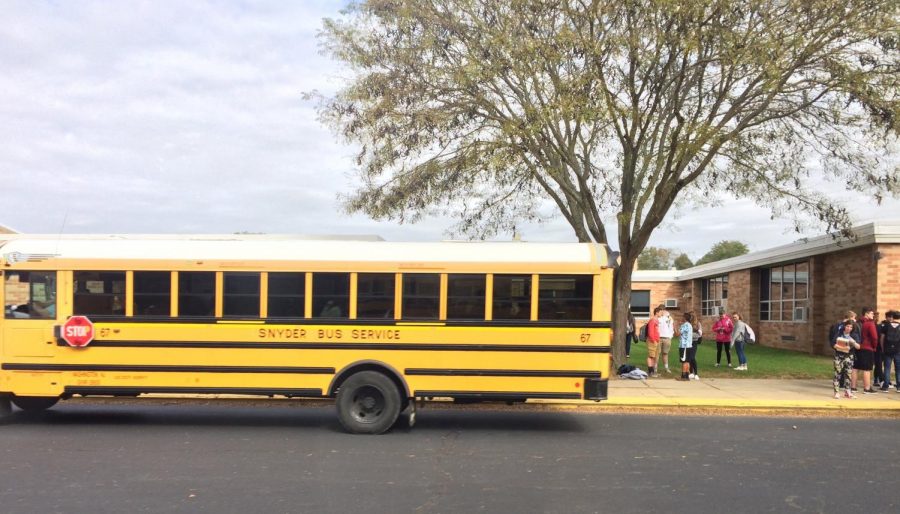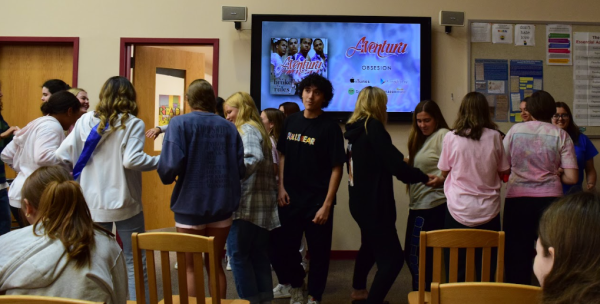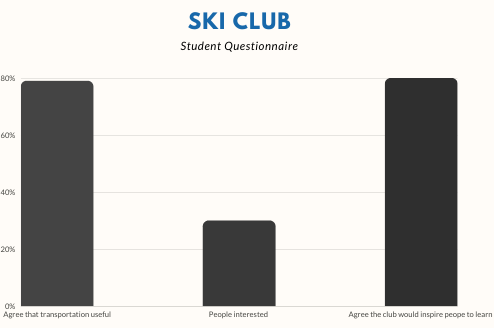Students React to School Fights
The 2019-2020 school year has been eventful, with an increase in physical altercations between students leading right up to the quarantine.
The definition of bullying, according to the Legal Services of New Jersey Law website, is discrimination and harassment based off a distinguishable characteristic, such as race, sexual orientation, religion, etc. This definition, however, does not seem to cover the drama-fueled arguing that filled our school’s halls.
As stated in an American Academy of Child and Adolescent Psychiatry article on threats by children, violent tendencies in the youth are caused by a desire for attention or to be viewed as tough. But why?
In mid-March, a poll containing questions about what causes fights and how to prevent them, students gave their thoughts.
The first prompt was: “Why do you think our generation has had this many physical fights?” and out of the 95 students who answered, 34 agreed that it was because of “the desire to look cool,” 27 circled “social media,” 24 indicated “decreasing mental health” was at fault, and 14 chose that it was because of “drugs/vaping.”
The second question was: “What do you think is the most common cause of a fight?” 105 students answered this question and 85 of them chose the option, “spread of rumors/insults,” while 21 chose “ongoing feud,” three believed fights to be over a boy or girl, and two specified the main cause of school fights is” pushing or shoving” in our hallways.
Students were then given an option to include personal experiences with seeing their peers fight in the halls.
“I’ve witnessed multiple fights,” said senior Nick Gorab. “It is getting embarrassing to see all of them, I think it starts with parenting, I feel parents of this generation have lost control of their kids because of all these new laws.”
Freshman Carolyn Brown also shared her thoughts “I have seen multiple [fights]. [I heard] the cause was over selling drugs and another fight was a brother protecting his sister,” she said. “The outcome was suspension for people involved. I tried to walk away, but the crowd of people was too big.”
“Everyone goes crazy. I think it’s pointless then you get in trouble and it doesn’t solve anything.” said junior Nathan Beam.
Seemingly, the most controversial question about teen fighting was: “Who is more likely to participate in a fight?” and it was split in two parts based on gender and grade. To this prompt, 106 students answered the question based on gender, with 55 selecting “boys,” two choosing girls, and the remaining 44 indicated that both were responsible.
In response to the question asking which grade level seemed most likely to be involved in fights, 102 students answered, with 34 choosing “Juniors,” 32 selecting “Freshmen,” 30 picking “Sophomores,” three selecting “Seniors,” and four students creating their own response of “all”.
Students were then asked why they chose their answers.
“Both girls and boys have conflicts. The amount of fights has been from both genders,” said freshman Elizee Sanchez.
Senior Kyler Rodgers had a different view.
“Boys have testosterone and seek to be an alpha male which leads to a brawl,” he said.
The last question was: “How do you think we can prevent having fights in and out of school?”
Thirty of the 90 students who answered picked: “Encourage students to break up fights without consequence,” Another 30 chose “Promote ways to safely handle anger,” 25 indicated “Educate on how to handle arguments” and the last five selected, “Punishment for filming fights” at our school.
Similar to other questions, there was a space to include specific methods of fight prevention from students.
Junior Maggie Alder suggested a “Competitive Just Dance [or a] Rage Room,” and added: “If you get in a fight, you have to join wrestling and take a class on Criminal Justice.”
Senior Geir Nemeth had a simpler suggestion.
“Give everyone stress balls,” he said.
At the end of the questionnaire, there was a final spot to include additional thoughts.
Junior Brooks Reehl shared his opinion on measures that were taken.
“Limiting the amount of people allowed in the bathroom will not help that much, [and] privacy is important,” he said.
Junior Danielle Gilbert took a broader view of things.
“Because of our growing culture,” she said, “students feel necessary to act out to gain the attention they need or want. It is truly sad and shows why kids need more ways to let out steam.”











